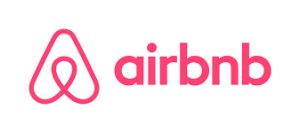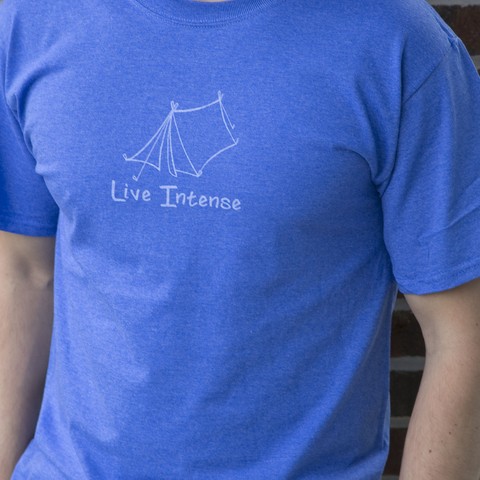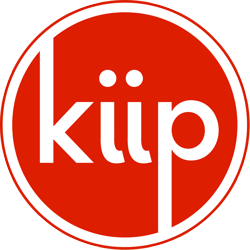 Started by 3 guys – all under the age of 35 – who started by simply renting 3 air mattresses in their apartment. It was a lousy flop for a time after that, but they had a dream and not much of a plan to change the way travelers and tourist experience new places.
Started by 3 guys – all under the age of 35 – who started by simply renting 3 air mattresses in their apartment. It was a lousy flop for a time after that, but they had a dream and not much of a plan to change the way travelers and tourist experience new places.
Brian, Nathan and Joe originally rented 3 mattresses to designers who came into San Francisco for a design conference. They had tried to recruit residents in San Fran to do the same (rent home space to travelers), but the idea seemed premature. The website they made wasn’t attracting the traffic they needed to stay sustainable. There was a taboo about letting strangers enter and stay overnight in someone’s home. After the conference and the season of Obama’s presidential campaign they trio were making 200 bucks a month from the”network” they set up from the website.
They entered a entrepreneurial incubator and the advice they got was priceless, and probably ultimately set Airbnb up for eminent success. They were advised travel to where demand was greatest and interview the renters and rentees. packed with a professional camera they asked room renters questions about the experience and advice, critique and comments. All of which we quickly rolled out after each interview.
They made swift changes to the payment process, the way rooms were presented on the site (people were able to hire a professional photographer for free to help market there room), and they enhanced the marketing through email blasts and social media efforts.
I am enthused that Airbnb just recently won 2014 Inc.’s Company of the Year.



